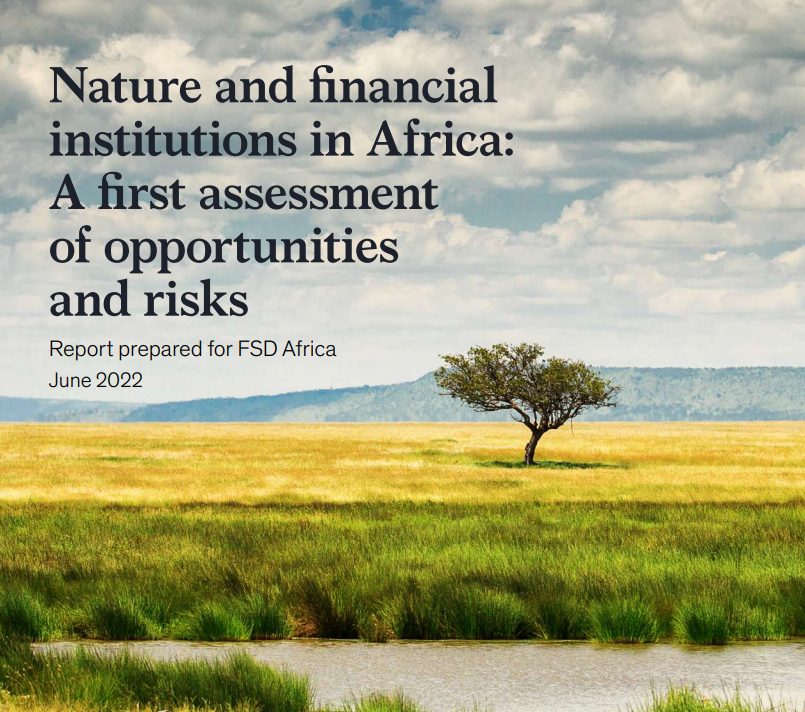
If current trends continue, Africa may breach environmental tipping points causing largescale physical risks for financial assets. The transgression of tipping points, such as the complete loss of pollinators or dieback of coral reefs, would create severe costs for businesses and is becoming more likely, both globally and in Africa. For example, research suggests the loss of 20 to 30 percent of remaining forest cover in the Amazon rainforest would trigger an irreversible conversion of all remaining forest to savannah. Equivalent figures are not yet available for the Congo Basin, though studies have confirmed that projected future deforestation in Western and Central Africa is likely to disrupt the West African monsoon, dramatically affecting rain-fed agriculture, in particular maize crops north of the equator. twenty-five percent of African countries, including South Africa and most of Northern Africa, are already water stressed today.
Acute tail risk events like these have the potential to make business practices that are highly dependent on nature infeasible and strand assets in affected areas. Examples include rain-fed agriculture, pharmaceutical research, and ecotourism. The modelling framework does not capture these tipping points and underestimates naturerelated physical risks. Across all the portfolios considered, the changes in asset value driven by physical risk exposure are limited. However, they are underestimates for four reasons. First, current frameworks model risks from incremental changes in ecosystems, and do not model the large-scale tail risks associated with crossing environmental tipping points. Second, the assessment considers average risk at the country level, masking a broad distribution of impacts across sub-national locations and companies. Risks for some individual locations and companies will be substantially higher than the average. Third, the assessment evaluates a subset.
